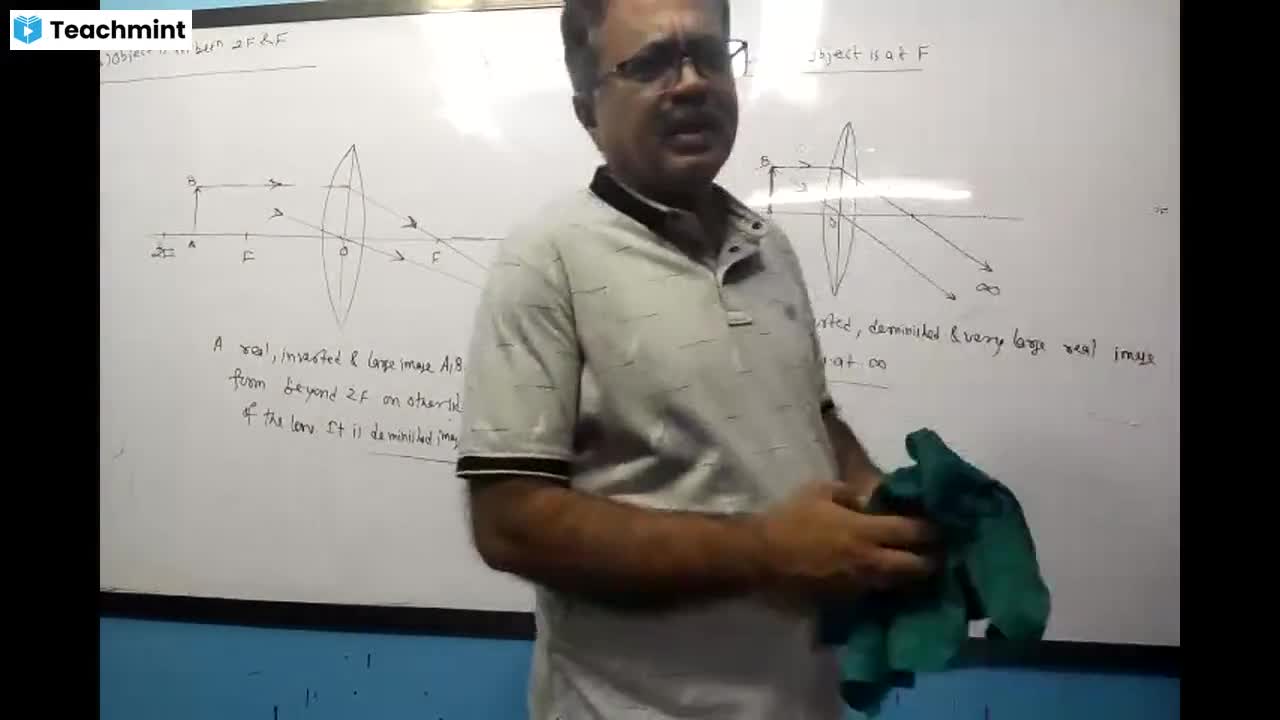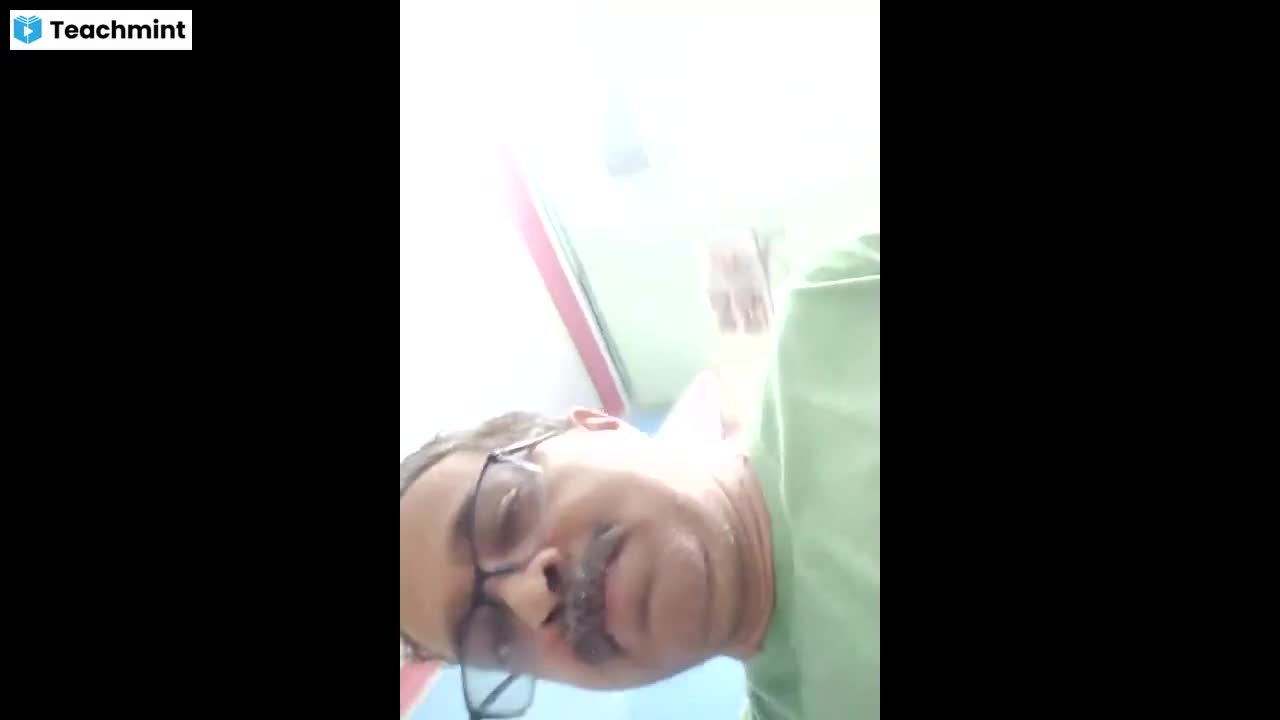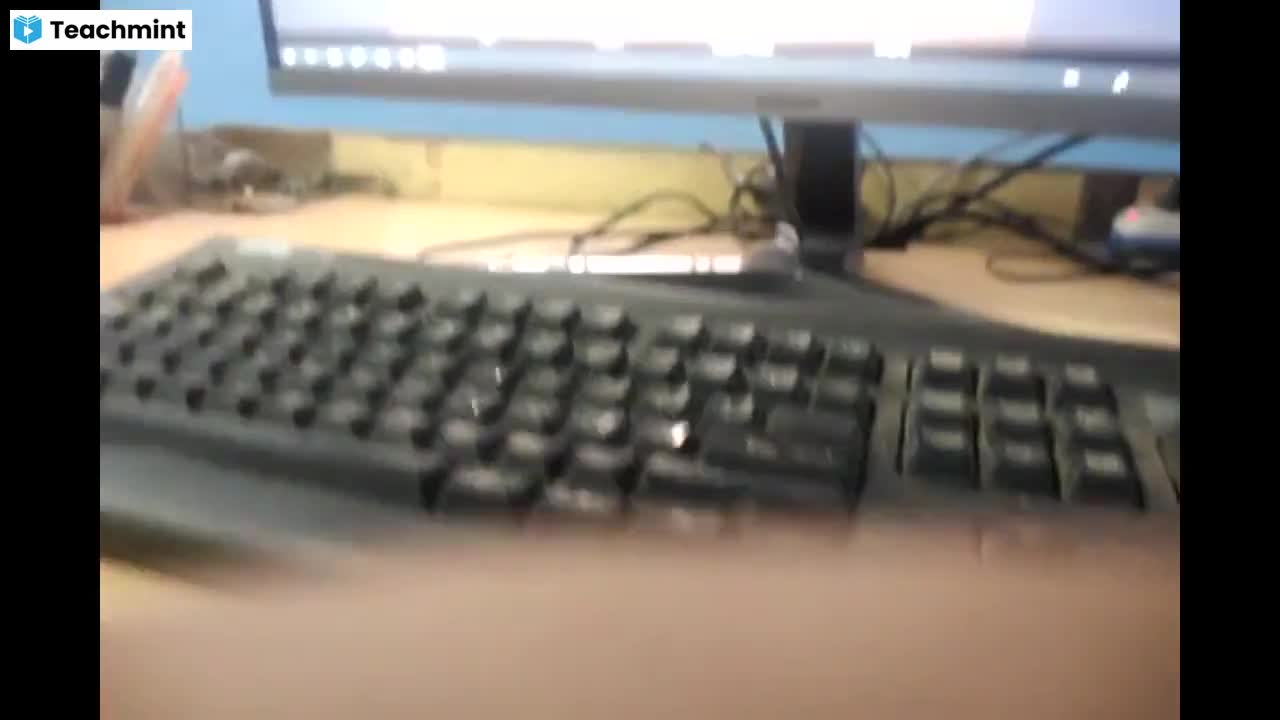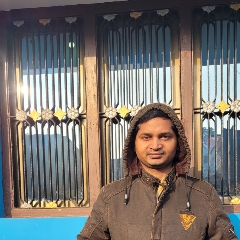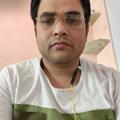Question 1 :
$\mathrm{A}$ student performs an experiment to determine the Young's modulus of a wire, exactly 2 $\mathrm{m}$ long, by Searle's method. In a particular reading, the student measures the extension in the length of the wire to be $0.8 mm$ with an uncertainty of $\pm 0.05$ mm at a load of exactly $1.0 kg$. The student also measures the diameter of the wire to be $0.4 mm$ with an uncertainty of $\pm 0.01$ mm. Take $\mathrm{g}=9.8\mathrm{m}/\mathrm{s}^{2}$ (exact). The Young's modulus obtained from the reading is <br>
Question 2 :
Two wires of different material and radius have their length in ratio of $1:2.$ if these were stretched by the same force$,$ the strain produced will be in the ratio$.$
Question 3 :
A rubber ball is brought into 200 m deep water, its volume is decreased by 0.1% then volume elasticity coefficient of the material of ball will be:<br/>$(Given\ \rho = 10^3 kg/m^3$ and $ g = 9.8 ms^{-2})$
Question 4 :
A glass flask of volume one litre at $0^o$C is filled level full of mercury at this temperature. The flask and mercury are now heated to $100^o$C. How much mercury will spill out, if coefficient of volume expansion of mercury is $1.2\times 10^{-4}/^o$C and linear expansion of glass is $0.1\times 10^{-4}/^o$C, respectively?
Question 5 :
A solid sphere of radius r made of a soft material of bulk modulus K is surrounded by a liquid in a cylindrical container. A massless piston of area a floats on the surface of the liquid, covering entire cross section of cylindrical container. When a mass m is placed on the surface of the piston to compress the liquid, the fractional decrement in the radius of the sphere, $\left(\displaystyle\frac{dr}{r}\right)$, is?
Question 6 :
A ball of radius <i>R </i>and with bulk modulus of elasticity <i>K </i>is kept in a liquid inside a cylindrical container. It is pressed by putting a mass <i>m </i>on a massless piston of cross-sectional area <i>A</i>, then the fractional decrease in the radius of ball will be<br>
Question 7 :
If a rubber ball is taken down to a 100 m deep lake, its volume decreases by 0.1%. If $g=10\quad m/{ s }^{ 2 }$ then the bulk modulus of elasticity for rubber, in N/${ m }^{ 2 }$, is
Question 8 :
In a Young's double slit experiment with sodium light, slits are 0.589 m apart. The angular separation of the maximum from the central maximum will be (given $\lambda =589$nm,):
Question 9 :
A sample of a liquid has an initial volume of $1.5 L$. The volume is reduced by $0.2 mL,$ when the pressure increases by $140 kPa$. What is the bulk modulus of the liquid.<br/><br/>
Question 10 :
The density of water at the surface of the ocean is $\rho$ and atmospheric pressure is ${P}_{0}$. If the bulk modulus of water is $K$, what is the density of ocean water at a depth where the pressure is then$n{P}_{0}$?
Question 11 :
Take, bulk modulus of water $B = 2100\ MPa$.<br/>What increase in pressure is required to decrease the volume of $200\ litres$ of water by $0.004$ percent?
Question 12 :
$32 g$ of $O_{2}$ is contained in a cubical container of side $1 m$ and maintained at a temperature of $127 ^{0} C$. The isothermal bulk modulus of elasticity of the gas in terms of universal gas constant $R$ is
Question 13 :
When an elastic material with Young's modulus Y is subjected to stretching stress S, elastic energy stored per unit volume of the material is
Question 14 :
An Aluminium and Copper wire of same cross sectional area but having lengths in the ratio $2 : 3$ are joined end to end. This composite wire is hung from a rigid support and a load is suspended from the free end. If the increase in length of the composite wire is $2.1 \ mm$, the increase in lengths of Aluminium and Copper wires are : [$\displaystyle { Y }_{ Al }=20\times { 10 }^{ 11 }{ N }/{ { m }^{ 2 } }$ and $\displaystyle { Y }_{ Cu }=12\times { 10 }^{ 11 }{ N }/{ { m }^{ 2 } }$]
Question 15 :
Two rods of different materials having coefficients of thermal expansion and Young's moduli ${Y}_{1}, {Y}_{2}$, respectively are fixed between two rigid massive walls. The rods are heated such that undergo the same increase in temperature. There is no bending of the rods. If ${\alpha}_{1}:{\alpha}_{2}= 2:3$, the thermal stresses developed in the two rods are equal provided ${Y}_{1}: {Y}_{2}$ is equal to:<br/>
Question 16 :
A solid sphere of radius 20cm is subjected to a uniform pressure of $ 10^{6}$ $N m^{-2}$. If the bulk modulus is $1.7 \times 10^{11}$ $N m^{-2}$, the decrease in the volume of the solid is approximately equal to:
Question 17 :
Temperature of a gas is $20^{0}\mathrm{C}$ and pressure is changed from $1.01\times 10^{5}$ Pa to $1.165\times 10^5\mathrm{P}\mathrm{a}$. If volume is decreased isothermally by 10%. The bulk modulus of gas is (in $Pa$):<br/><br/>
Question 18 :
In performing an experiment to determine the Young's modulus Y of steel, a student can record the following values:<br>length of wire l$=(\ell_{0}\pm\Delta$l$){m}$<br>diameter of wire ${d}=({d}_{0}\pm\Delta {d})$ mm<br>force applied to wire ${F}$=$({F}_{0}\pm\Delta {F}){N}$<br>extension of wire ${e}=({e}_{0}\neq\Delta {e})$ mm<br>In order to obtain more reliable value for Y, the followlng three techniques are suggested. <br>Technique (i) A shorter wire ls to be used.<br>Technique (ii) The diameter shall be measured at several places with a micrometer screw gauge.<br>Technique (iii) Two wires are made irom the same ntaterial and of same length. One is loaded at a fixed weight and acts as a reference for the extension of the other which is load- tested<br>Which of the above techniques is/are useful?<br>
Question 19 :
The ratio of the lengths of two rods is $4:3 $ . The ratio of their coefficients of cubical expasion is $ 2:3 $ . Then the ratio of their liner expansions when they are heated through same temperature difference is :
Question 20 :
A thin uniform film of refractive index $1.75$ is placed on a sheet of glass of refractive index $1.5$. At room temperature $(20^{\circ}C)$, this film is just thick enough for light with wavelength $600nm$ reflected off the top of the film to be canceled by light reflected from the top of the glass. After the glass is placed in an oven and slowly heated to $170{|circ}C)$, the film concels reflected light wavelength $606nm$. The coefficient of linear expansion of the film is (Ignore any changes in the refractive index of the film due to the temperature change.)

